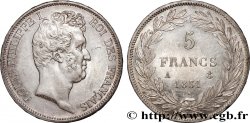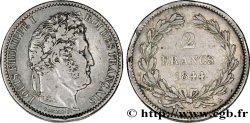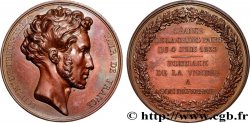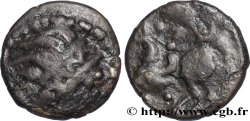E-auction 449-362042 - fme_412487 - LOUIS-PHILIPPE I Médaille, Retour des cendres de Napoléon Ier
You must signin and be an approved bidder to bid, LOGIN TO BID. Accounts are subject to approval and the approval process takes place within 48 hours. Do not wait until the day a sale closes to register. Clicking on « bid » constitutes acceptance of the terms of use of cgb.fr private e-auctions.
Bids must be placed in whole Euro amounts only. The sale will start closing at the time stated on the item description; any bids received at the site after the closing time will not be executed. Transmission times may vary and bids could be rejected if you wait until the last second. For further information ckeck the E-auctions F.A.Q.
NO BUYER'S FEE.
NO BUYER'S FEE.
| Estimate : | 120 € |
| Price : | 43 € |
| Maximum bid : | 60 € |
| End of the sale : | 22 November 2021 18:58:00 |
| bidders : | 7 bidders |
Type : Médaille, Retour des cendres de Napoléon Ier
Date: 1840
Mint name / Town : 75 - Paris
Metal : copper
Diameter : 37 mm
Orientation dies : 12 h.
Engraver BORREL Maurice Valentin (1804-1882)
Weight : 27 g.
Edge : lisse + proue CUIVRE
Puncheon : Proue CUIVRE
Coments on the condition:
Très intéressante médaille, en très bel état avec une agréable patine d’époque
Obverse
Obverse legend : NAPOLÉON - EMPEREUR // JE DÉSIRE QUE MES CENDRES / REPOSENT SUR LES RIVES / DE LA SEINE AU MILIEU / DE CE PEUPLE QUE J'AI / TANT AIMÉ.
Obverse description : Tête laurée de Napoléon Ier à gauche ; légende autour et en 5 lignes à l’exergue. Signé : BORREL F..
Reverse
Reverse legend : LE PRINCE DE - JOINVILLE / COMMANDANT - L’EXPÉDITION // TRANSLATION / DES RESTES MORTELS / DE L’EMPEREUR NAPOLÉON, / DE L’ÎLE STE HÉLÈNE / À L’HÔTEL ROYAL DES INVALIDES / 15 DÉCEMBRE 1840. // PRISONNIER 1815 - MORT 1821.
Reverse description : Légendes en neuf lignes entre un coussin avec une couronne, la main de justice, un sabre et l’ordre de... et une urne funéraire inscrite N entre deux palmes.
Commentary
Intéressante médaille à mettre en relation avec la fme_412242 pour le passage à Rouen des restes mortels de Napoléon Ier en 1840, avec le poinçon Proue (donc réalisée entre 1842 et 1845).
La formule consacrée retour des cendres – le terme « cendres » étant pris non au sens propre mais au sens figuré de « restes mortels d'une personne » – désigne le rapatriement en France, en 1840, à l'initiative d'Adolphe Thiers et du roi Louis-Philippe, de la dépouille mortelle de Napoléon et son inhumation aux Invalides.
En mourant, Napoléon Ier avait manifesté le désir d’être inhumé « sur les bords de la Seine, au milieu de ce peuple français [qu’il avait] tant aimé » dans un codicille de son testament écrit le 16 avril 1821 à Longwood House.
Interesting medal to be linked to fme_412242 for the passage to Rouen of the mortal remains of Napoleon I in 1840, with the hallmark Proue (therefore made between 1842 and 1845). The consecrated formula return of the ashes – the term “ashes” being taken not in the literal sense but in the figurative sense of “mortal remains of a person” – designates the repatriation to France, in 1840, at the initiative of Adolphe Thiers and King Louis-Philippe, of the mortal remains of Napoleon and his burial at the Invalides. Upon dying, Napoleon I had expressed the desire to be buried “on the banks of the Seine, in the midst of this French people [that he had] loved so much” in a codicil of his will written on April 16, 1821 at Longwood House
La formule consacrée retour des cendres – le terme « cendres » étant pris non au sens propre mais au sens figuré de « restes mortels d'une personne » – désigne le rapatriement en France, en 1840, à l'initiative d'Adolphe Thiers et du roi Louis-Philippe, de la dépouille mortelle de Napoléon et son inhumation aux Invalides.
En mourant, Napoléon Ier avait manifesté le désir d’être inhumé « sur les bords de la Seine, au milieu de ce peuple français [qu’il avait] tant aimé » dans un codicille de son testament écrit le 16 avril 1821 à Longwood House.
Interesting medal to be linked to fme_412242 for the passage to Rouen of the mortal remains of Napoleon I in 1840, with the hallmark Proue (therefore made between 1842 and 1845). The consecrated formula return of the ashes – the term “ashes” being taken not in the literal sense but in the figurative sense of “mortal remains of a person” – designates the repatriation to France, in 1840, at the initiative of Adolphe Thiers and King Louis-Philippe, of the mortal remains of Napoleon and his burial at the Invalides. Upon dying, Napoleon I had expressed the desire to be buried “on the banks of the Seine, in the midst of this French people [that he had] loved so much” in a codicil of his will written on April 16, 1821 at Longwood House







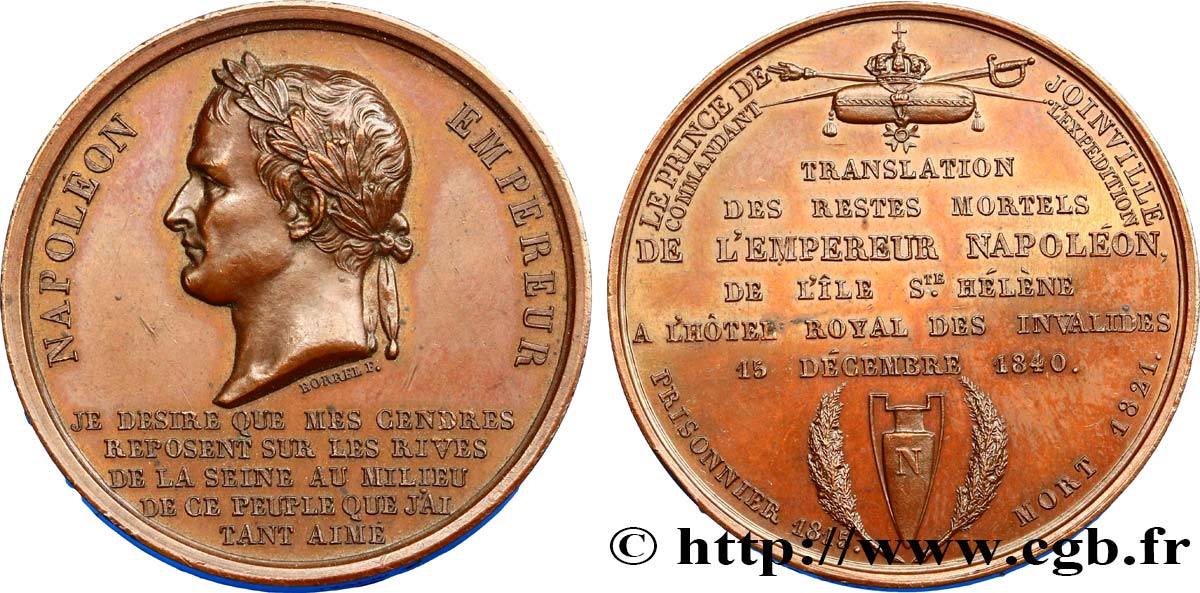
 Report a mistake
Report a mistake Print the page
Print the page Share my selection
Share my selection Ask a question
Ask a question Consign / sell
Consign / sell
 Full data
Full data